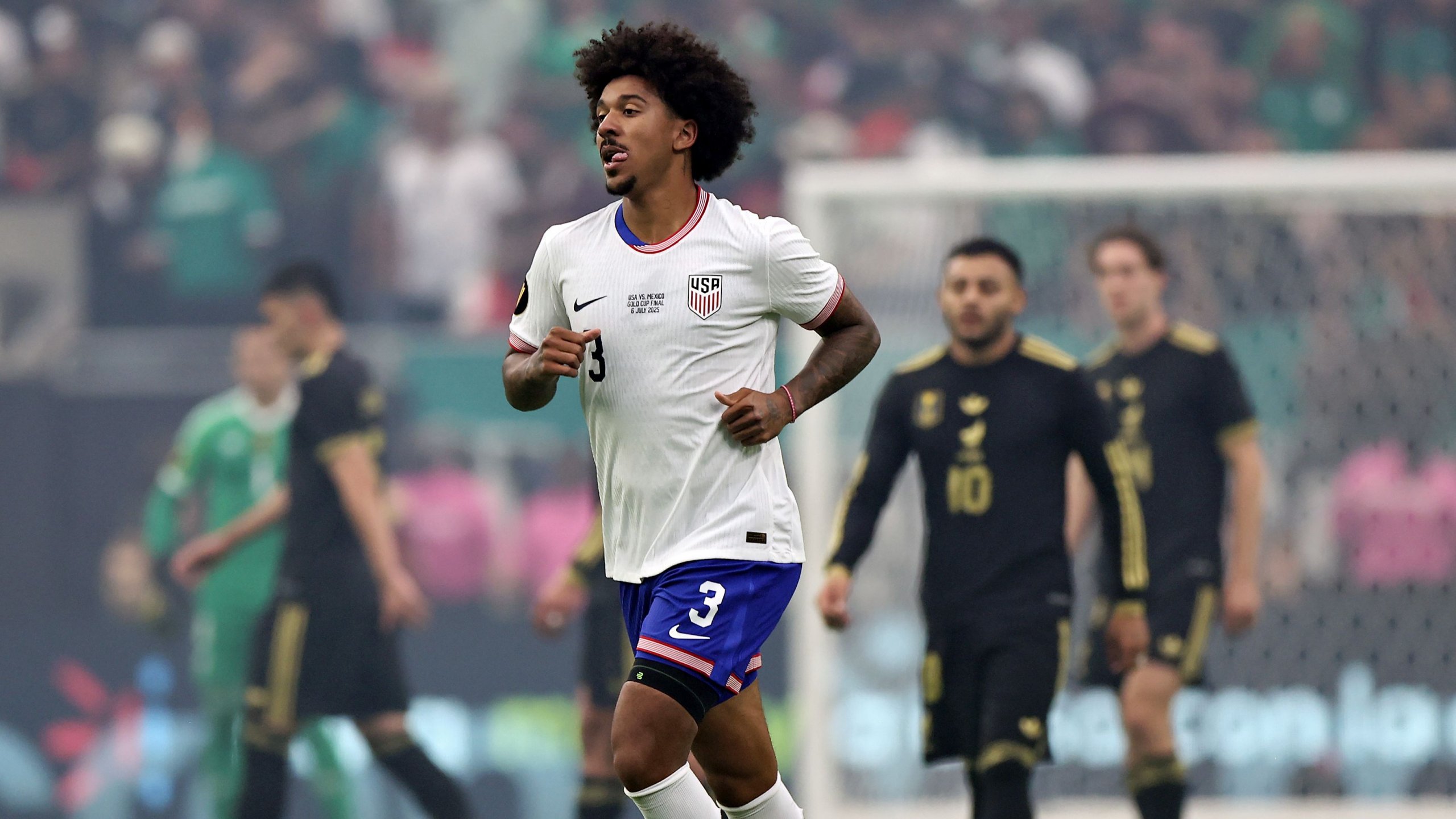USMNT Captain Talk: Richards Emerging Under Pochettino
USMNT captain debate is gathering pace as the 2026 World Cup edges closer, and former national-team icons Tony Meola and Charlie Davies have pinpointed Chris Richards, Tim Ream and Antonee Robinson as the leading contenders for the armband. Their insights arrive after a summer of experimentation that has left fans wondering who will steer the Stars and Stripes through the next cycle.
USMNT Captain Debate: Why the Armband Matters
Being USMNT captain is more than a ceremonial title. The role demands a vocal presence in the locker room, calm leadership during high-pressure moments, and the ability to bridge Europe-based talent with MLS contributors. With a home World Cup on the horizon, the federation needs a skipper who can inspire a young, ambitious squad and become the face of the program for millions of new supporters.
Richards’ Rapid Rise Under Pochettino
Crystal Palace defender Chris Richards has surged into the USMNT captain conversation thanks to a breakthrough season under Mauricio Pochettino at Selhurst Park. Meola highlighted how the Argentine manager’s emphasis on discipline, positioning and communication has refined Richards’ on-field persona. Once viewed primarily as a depth option, the 23-year-old now marshals Palace’s back line with confidence, directing teammates and showing the poise expected from a USMNT captain. His blend of athleticism and composure is reminiscent of a young Rio Ferdinand, and his commitment to community work in Alabama underscores a maturity beyond his years.
Veteran Presence: Tim Ream Still in the Frame
Meola also warned against overlooking Fulham stalwart Tim Ream. At 36, Ream embodies consistency and tactical intelligence. He may not feature in every match leading up to 2026, but when the pressure mounts a seasoned figure can settle nerves. As Meola put it, “If Ream plays, then Ream stays.” His experience in England’s top flight grants him instant credibility, and younger defenders lean on his positional wisdom. Ream’s calm demeanor could be invaluable in the group stage of a World Cup where early mistakes are unforgiving.
Left-Back Leader: Antonee Robinson Makes His Case
Few left-backs carry captaincy credentials, yet Antonee “Jedi” Robinson is rewriting that narrative. Davies noted that Robinson’s captaincy duties at Fulham highlight his relentless work ethic. A USMNT captain wearing No. 3 would be unconventional, but Robinson’s vocal leadership, unmatched engine and ability to lift teammates after setbacks make him a compelling option. With modern tactics demanding full-backs initiate attacks, Robinson’s position may actually offer a broader vantage point to organize the press and maintain defensive shape.
Where Does Christian Pulisic Fit?
Christian Pulisic remains the poster boy of American soccer, yet Davies argues he doesn’t need the armband to lead. The AC Milan winger already commands respect through match-winning moments and his fearless approach in Europe’s biggest arenas. Relieving Pulisic of the USMNT captain burden could free him to focus purely on creativity, mirroring how France allows Kylian Mbappé to thrive while Hugo Lloris handled leadership.
Gregg Berhalter’s Selection Puzzle
Head coach Gregg Berhalter must balance dressing-room dynamics, media obligations and tactical fit when naming the next USMNT captain. Traditionally, the armband gravitates toward a central figure—either at center-back or holding midfield—who sees the whole pitch. Berhalter values “cultural architects,” players who set training standards and hold peers accountable off the field. Richards appears tailor-made for that description, having grown under Pochettino’s demanding culture. However, Berhalter has repeatedly praised Ream’s mentoring role and could appoint co-captains to ease the transition, similar to how Germany alternated leadership between Philipp Lahm and Bastian Schweinsteiger.
The Statistical Argument
Data from the last 18 USMNT matches shows that when Ream starts, the team’s pass-completion rate in its own third rises five percentage points, reflecting calmer build-up play. When Richards partners Miles Robinson, aerial duels won increase by 12 %, suggesting dominance in both boxes. Antonee Robinson, meanwhile, leads all U.S. defenders in progressive carries. Each candidate offers a different leadership style backed by tangible on-field impact.
Primary Focus Keyword in Context
Crucially, whoever claims the USMNT captain role must embody the squad’s multicultural identity. With a roster featuring players born in New Jersey, Milton Keynes, Lagos and Kingston, the captain must unite regional perspectives into one cohesive vision. Richards’ southern charm, Ream’s Midwestern pragmatism and Robinson’s transatlantic upbringing all bring unique qualities to the leadership mix.
Lessons from Past Captains
From Carlos Bocanegra’s stoic reliability to Clint Dempsey’s fiery swagger, past USMNT captain choices often mirrored the team’s tactical needs and cultural zeitgeist. Today’s side relies on building from the back, pressing aggressively and rotating positions—areas where defenders naturally communicate. This evolution strengthens the case for a center-back or full-back to don the armband rather than an attacking talisman.
The Commercial Dimension
Marketing executives recognize that a charismatic USMNT captain can become a crossover star, appealing to casual fans in a crowded North American sports market. Richards’ approachable demeanor and Alabama roots make him relatable, while Ream’s polished media presence reassures sponsors. Robinson’s social-media savvy and infectious smile could equally captivate audiences. U.S. Soccer’s decision will, therefore, influence not only tactics but also branding campaigns ahead of 2026.
Opinion: A New Era Needs a New Voice
The national team is at a crossroads. Veteran pillars are phasing out, and a new generation—confident, continental and culturally diverse—is ready to assume responsibility. Elevating Chris Richards to USMNT captain would signal bold intent: the program is willing to trust youth, reward club-level excellence and set a long-term vision. Tim Ream should remain a trusted lieutenant, guiding from the bench or starting when necessary. Antonee Robinson can serve as vice-captain, ensuring multiple touchpoints of leadership on match day.
If Berhalter embraces this tri-pillar model, the United States will arrive at the 2026 World Cup with a leadership structure that reflects modern football—collective, flexible and future-focused.
Your global gateway to nonstop football coverage:
News Goal
Share this content:

